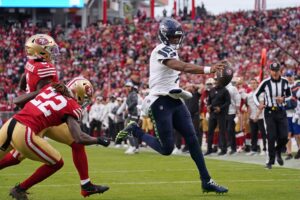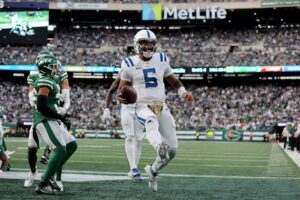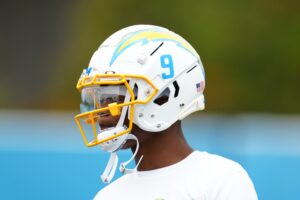The Seattle Seahawks are hoping lightning strikes twice this year. After many years of frustration, winning the Super Bowl three years ago was a dream come true for Hawks fans. Coming off a controversial loss in the championship game the following year and a promising run last year, many 12th man fans are praying for redemption. The nucleus of the Seahawks’ rise to prominence remains their defensive secondary, popularly known as the Legion of Boom.
Legion of Zoom: A Closer Look at the Seattle Seahawks Famous Secondary
Originally, the Legion of Boom referred primarily to the four ferocious and flamboyant defensive backs Richard Sherman, Earl Thomas, Kam Chancellor and Brandon Browner. With the exception of Browner, who briefly rejoined his team earlier this season, the core of the defensive unit remains intact today. Cornerback Jeremy Lane and defensive back DeShawn Shead have done an excellent job stepping up in Browner’s place. The nickname has come to encompass linebackers like Bobby Wagner and K. J. Wright, who often play the role of backfield guardians as well. Occasionally, the moniker also applies to the entire defense, and sometimes even to the whole team. For example, injured and now retired wide receiver Ricardo Lockette flashed an L-shaped hand gesture to the home crowd while paramedics escorted him off the field in a stretcher.
The strength of the Legion of Boom is its simplicity. Essentially, the skill and athleticism of the star players allows more defenders to focus their efforts up front. Many teams must use extra defenders to avoid being burned in the backfield. In contrast, the Seahawks can rely on their cornerbacks and safeties alone to protect against the deep pass. Single coverage against the opponent’s best receivers is sufficient, making double teams unnecessary. This security allows the linebackers to focus their abilities against the run, as well as short to medium range passes.
The Seahawks primarily use zone coverage in their passing defense, rather than man-to-man. Contrary to popular belief, Richard Sherman is not assigned to cover the opponent’s best receiver. Instead, defensive coordinator Kris Richard designates a particular side of the field for his talented corners to monitor. In practice, this scheme often results in Sherman covering the opponent’s most prominent receiver. Shead and Lane then cover the opposite side of the field, leaving Thomas to guard the central portion between the hash marks. This type of defense is called a Cover 3, since it divides the field into three zones – right, center, and middle. This formation allows strong safety Kam Chancellor to act as a fourth wild card, with the flexibility to play closer to the line of scrimmage.
When the Seahawks are short handed, they sometimes use an extra defender known as a nickel back to help in the backfield. With Earl Thomas out due to a broken leg, the Seahawks may need to utilize a nickel formation more frequently. This was the case when they were playing without the services of Chancellor. They rarely need the assistance of a sixth dime back, however.
Of course, there is always a lot of shuffling depending on the play, with a seemingly endless number of variations. For the most part, though, the Seahawks defensive style greatly reduces this complexity. The result is less confusion and more clarity. The defenders always know their duty, and they play their role as well as any team in the history of the game.






